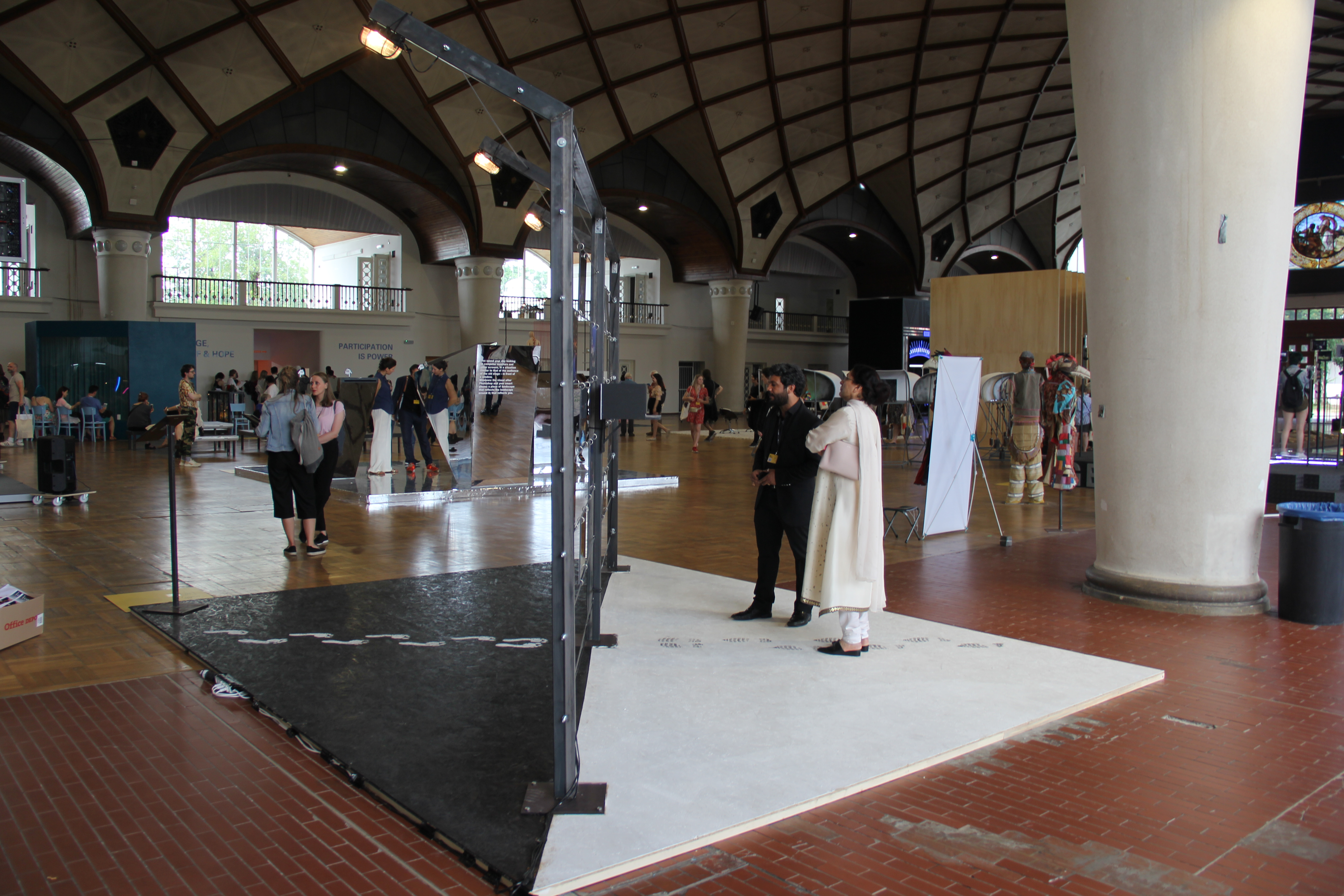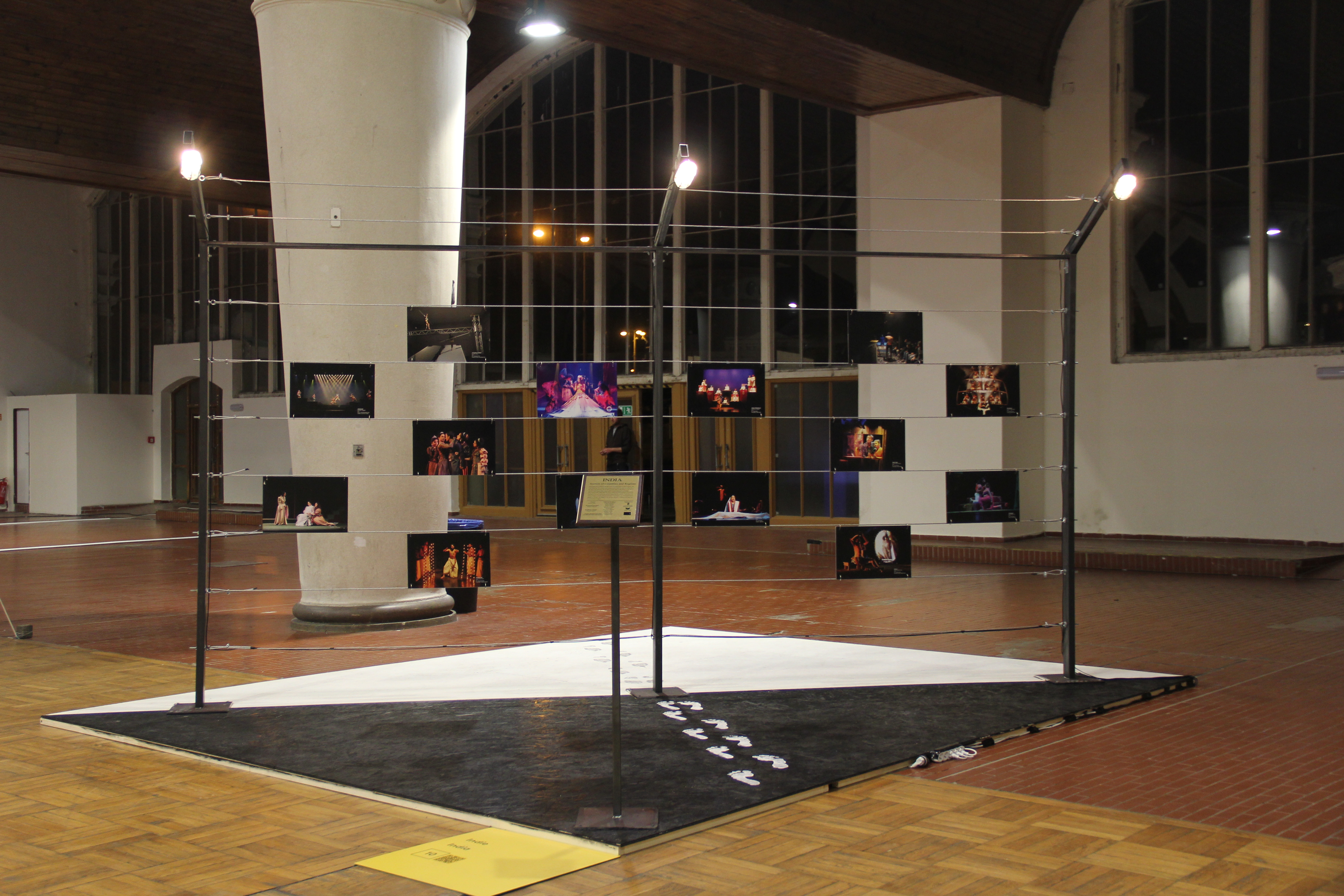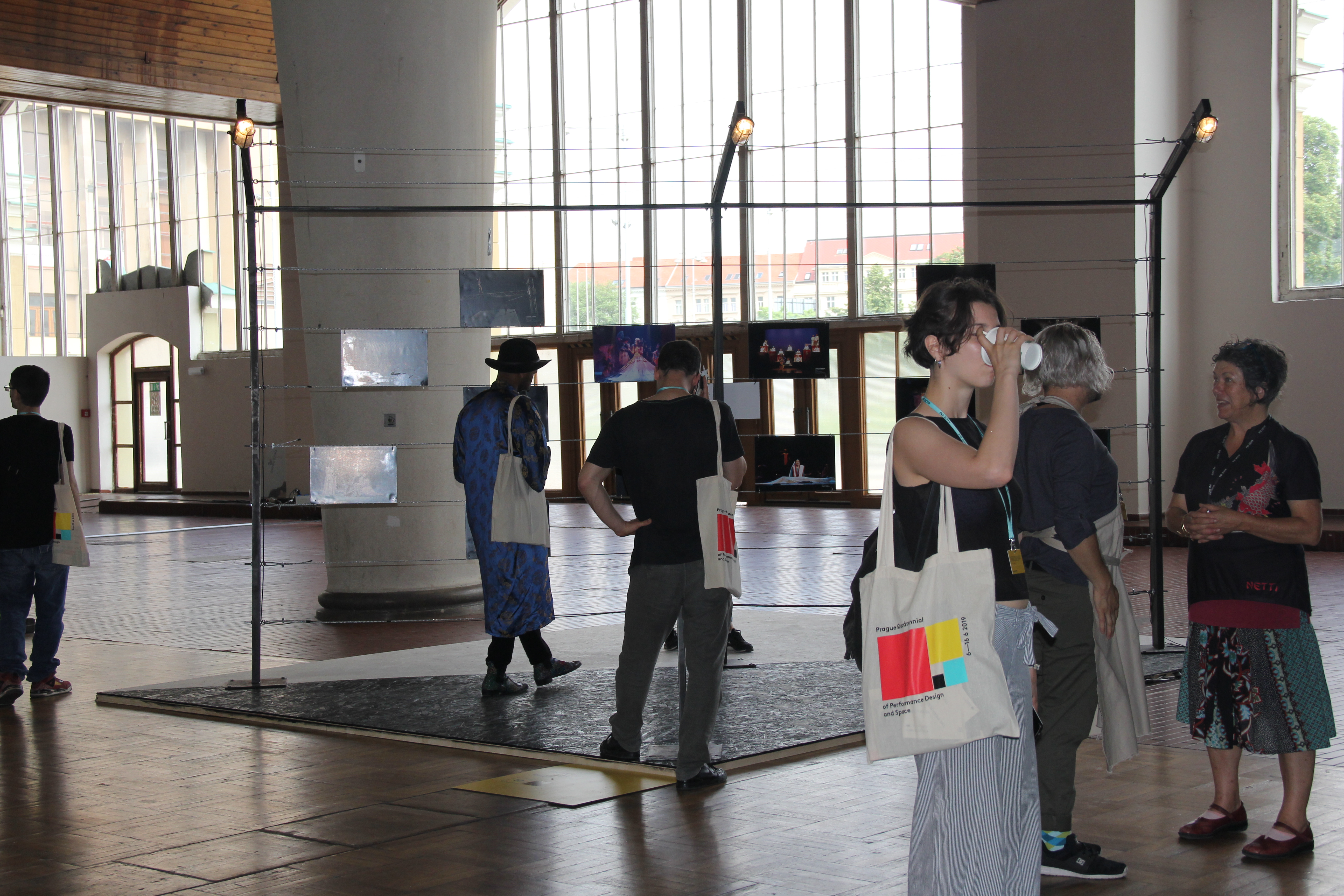Natya-Mandap: Acting the Space
Why should theatre be confined to proscenium? Why do we need “walls” around us? The walls, whether physically around us or metaphorically in our minds, restrict movement, development and therefore progression. The walls of the auditorium, the walls of scenic constructions, the walls of an actor’s race and ethnicity, and the walls in audience’s perception.
India has approached the exhibition keeping in mind the “free-spirit” of theatre stemming from its own Classical Indian Theatre tradition, where the performing space Natyamandap, is a free space varied in shapes and sizes, but similar in design.
It provides a kinetic space for actors to use imagination and for projects keeping in view the total personality of the actor, including their costumes, make-up, and the properties as part of their art of acting. The changes, activities, and even objects of the natural world are expressed through gestural language of the actor, who imagines it first and then transforms it to audiences to arouse and trigger their own memories. In the Sanskrit acting tradition, there is no attempt to simulate reality or to look real, but to show or suggest reality.
“The Sanskrit theatre considers stage to be a presentation not an imitation of reality, but its recreation with a special objective, in which the external and the internal, the visible and the invisible, the expressed and the inherent, the direct and the indirect, the sensuous and the abstract, the worldly and the supernatural – all the levels and forms – are included.”
Country/Region India
Presenting Organization Swayambhu Foundation
Curator Dinesh Yadav
Partners






